How the Vienna State Opera defines the cultural soul of a historic city
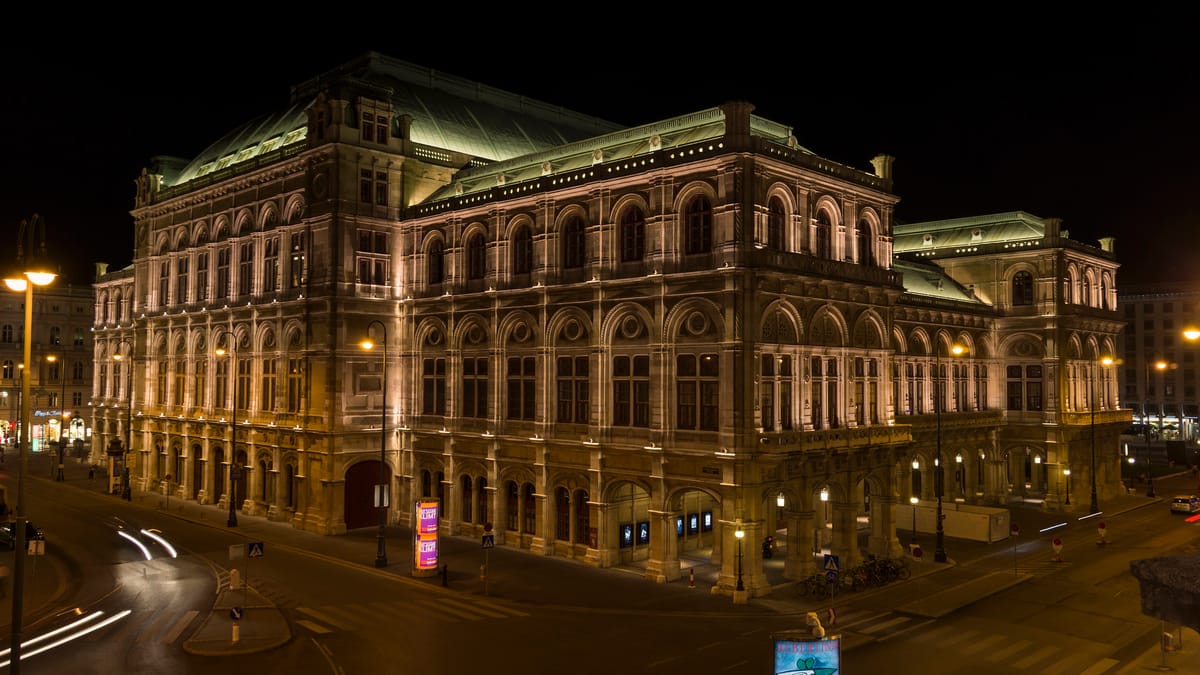
There is precious little in Vienna that does not invoke awe, but there is something about a monument that is built not just of opulence and grandeur, but an unparalleled musical legacy. The Vienna State Opera (Wiener Staatsoper in German) is among the oldest and most prestigious opera houses in the world, whose walls have echoed with the immortal compositions of musical greats like Mozart, Beethoven, Wagner, Richard Strauss and many others for over 150 years since its inception. Ever since it opened to the public in 1869 with the premiere of Mozart’s opera Don Giovanni, it has been deemed a cultural signifier of the Austrian capital, one that also laid the foundation of the city’s other performance pillar—the Vienna Philharmonic.
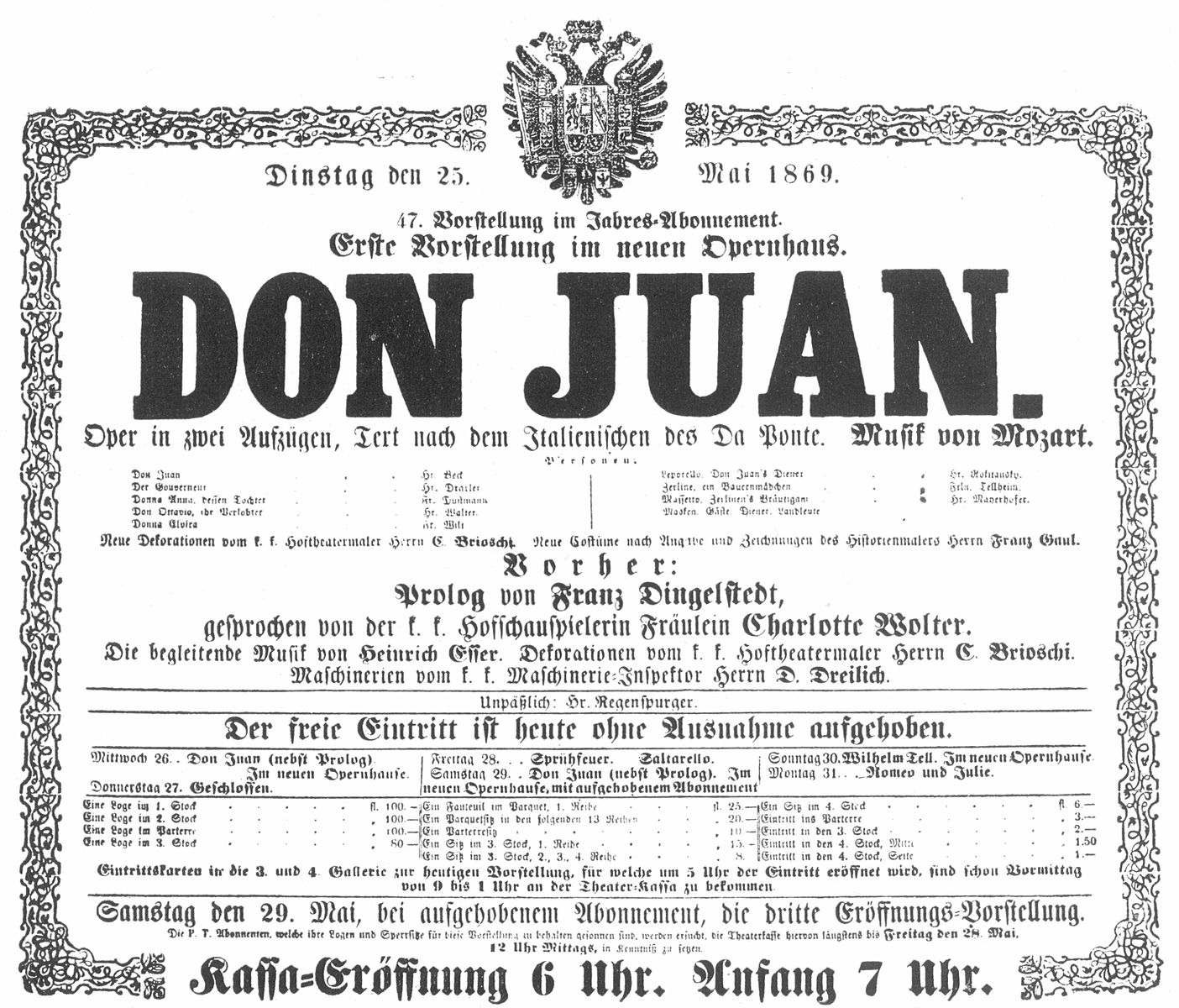
The imposing neo-Renaissance structure was the first building to be commissioned on the Wiener Ringstrasse, the architectural core of the city, built in the style of historicism back in the mid 19th century, during the reign of Emperor Franz Josef. It was originally called the Vienna Court Opera (Wiener Hofoper) to be later renamed as Vienna State Opera after the Habsburg monarchy was replaced by the First Republic of Austria. A guided tour of the building allows one to take in the baroque brilliance of its interiors, some of which have weathered the damages caused by the air raids during World War II. The main lobby, the central marble staircase, the Schwind Foyer with the attached veranda and the Tea Salon on the first floor have all been preserved in their original state. For a layman, it is hard to distinguish the interiors of this public building from that of a palace. Paintings and sculptures adorn the marble stairs, depicting the ballet, comic opera and tragic opera. The statues by Josef Gasser embody the seven liberal arts—architecture, sculpture, poetry, dance, musical art, drama and painting. The ceilings and the walls of the Tea Salon, or the erstwhile Emperor’s Salon, dazzle in 22-carat gold leaf, with door handles made of ivory and wallpapers of yellow silk.
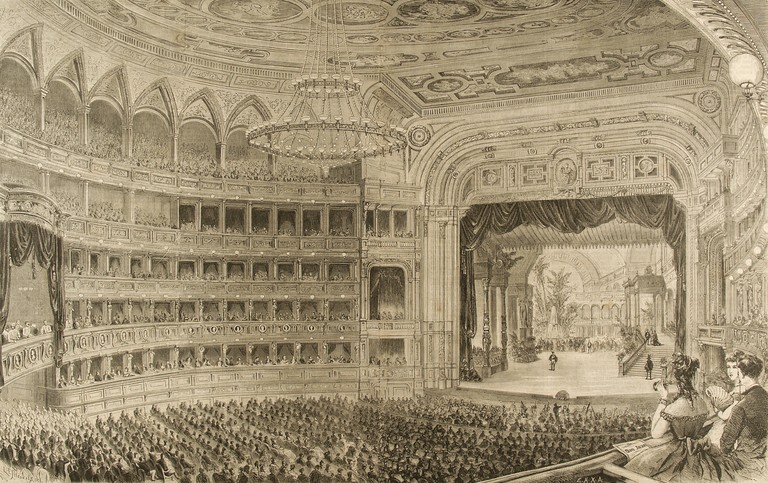
The Schwind Foyer—named after the painter Moritz von Schwind—is perhaps the most exquisite part of the building, a showpiece of the original structure. Always intended to be an intermission room, the 22-metre-long foyer is dedicated to the art form of the opera with 16 opera-themed oil paintings by Schwind and busts of famous composers and the opera house’s great former directors Gustav Mahler, Richard Strauss, Herbert von Karajan, Karl Böhm and others. The adjoining Gustav Mahler Hall displays tapestries inspired by Mozart’s The Magic Flute. The opera house peaked under the directorship of Mahler who revolutionised the genre by bringing in new styles of singing, music, direction and stage setups for which he took artists from the Vienna Secession under his wing. This hall, thus, is a tribute to its most exemplary director under whose decade-long tenure, over 3,000 performances were staged.
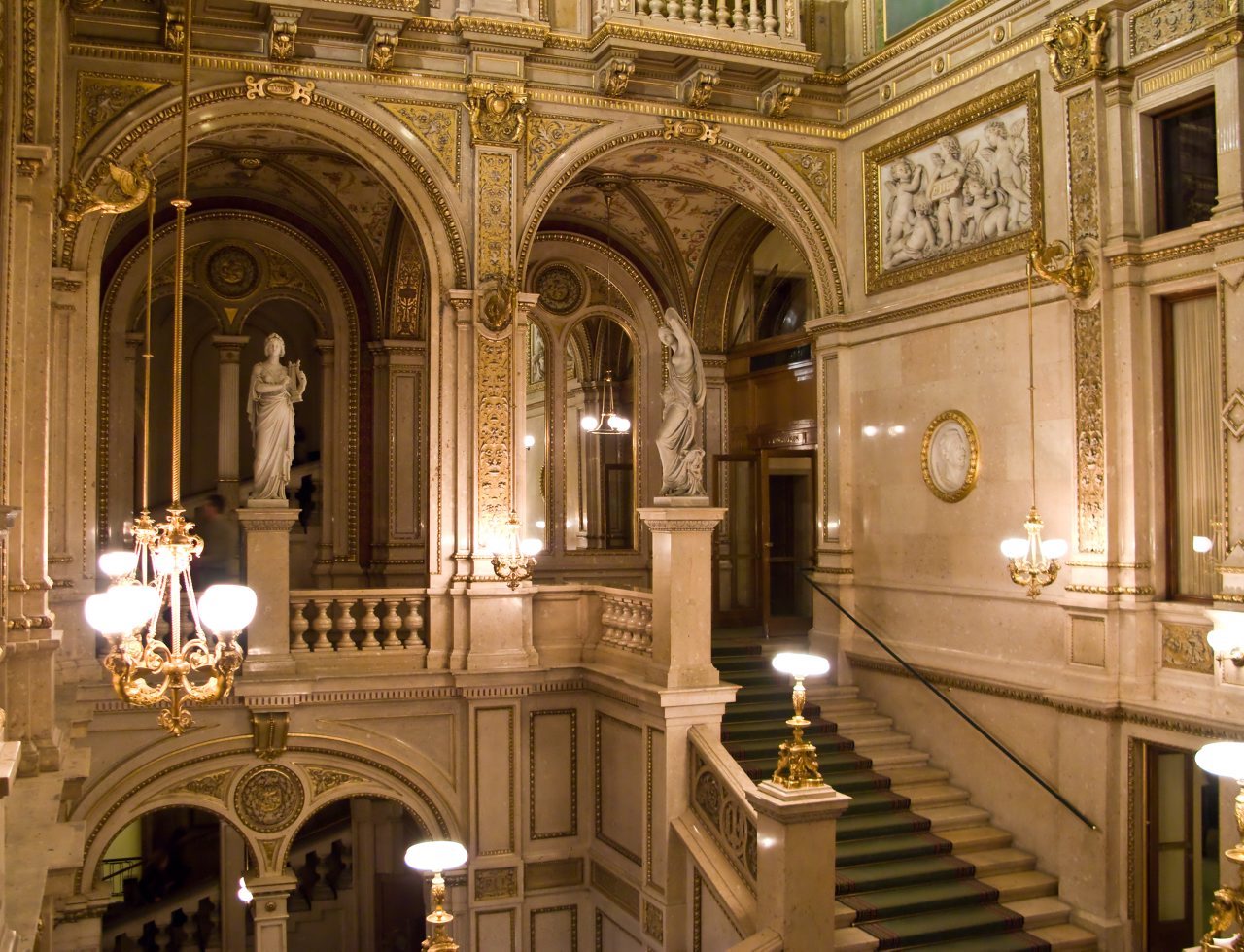
Aside from the main performance hall, there are three halls for ensemble rehearsals, a space for the choir and orchestra and an Organ Hall that houses a 2,500-pipe organ, the only opera house in the world with such a large organ. The educational and rather amusing guided tour offers many anecdotes from history to Hollywood—the Staatsoper transcended classical boundaries to pop culture when Tom Cruise shot Rogue Nation (2015), the fifth instalment of the Mission Impossible franchise, here. The movie also had its world premiere at the Staatsoper. From Mozart to the Mission Impossible franchise, this institution has surely survived the test of time.
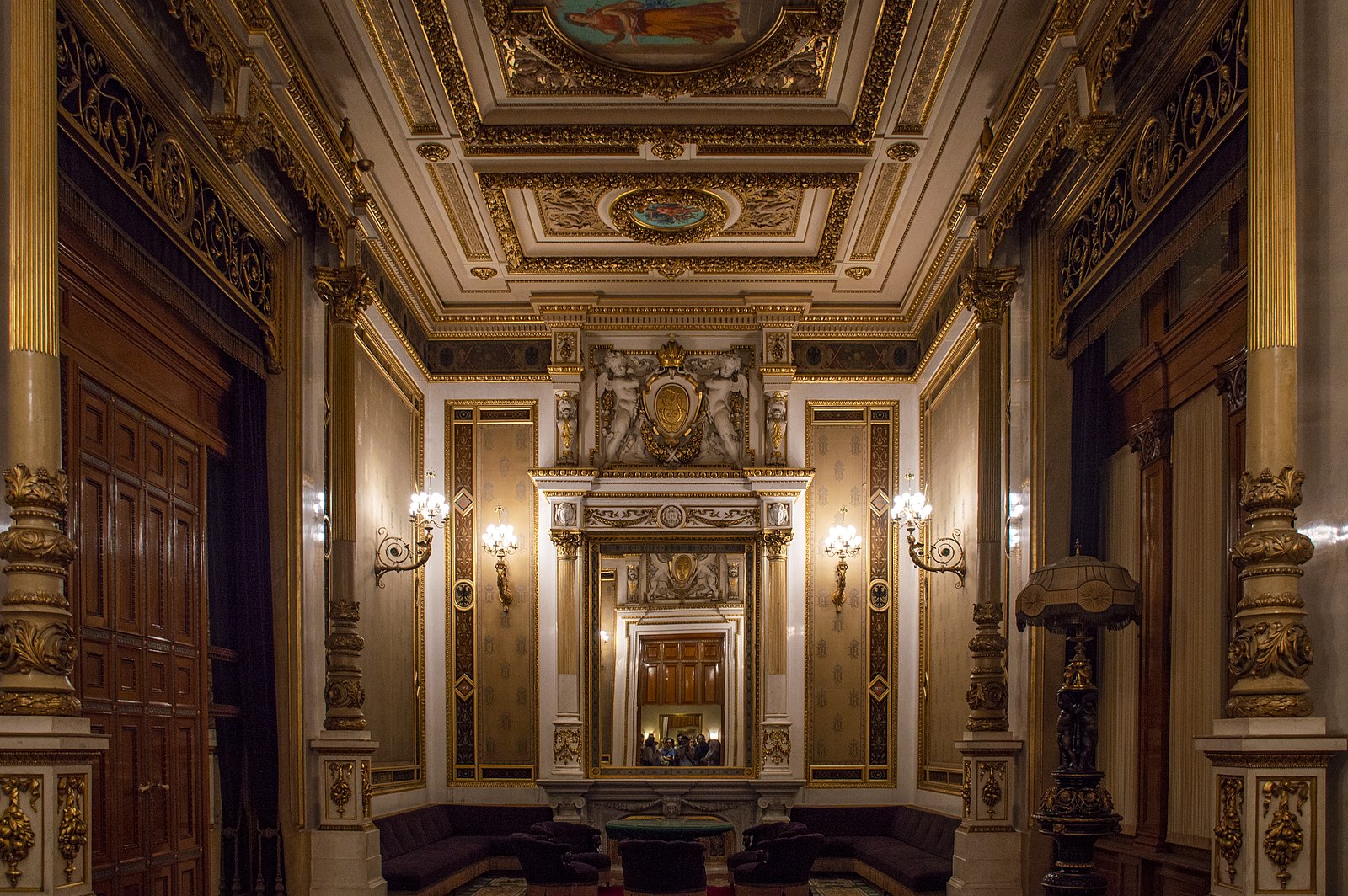
Even as tickets to the opera remain expensive, the tour allows an immersive experience of the horseshoe-shaped grand auditorium. The central box, where the ticket prices can run up to €300 or more, offers a spectacular view of this auditorium that has 1709 seats and 567 standing spots. More than 300 operas and ballets are performed here throughout the year, every day of the week. In the months of July and August they take a summer break for maintenance, before starting a new season in September. The Staatsoper takes care to not relegate itself to elite viewing alone—the standing spots priced under €20 open it up to a wider audience that would be willing to wait in queue for a couple of hours, before getting entry on a first come, first served basis. You don’t need deep pockets for this, but perhaps some feet of steel to savour a full-length three-hour long opera.

Fresh into the new season earlier this year, I had my first opera experience with Jenůfa, a three act Czech opera composed by Leoš Janáček. The rural drama, set in the late 19th century in a tiny village of Moravia, is at its heart a tragic story about infanticide rooted in folklore. The mid-week performance played to a packed house. From an imposing and heavily detailed stage set-up of a village mill to the blazing sopranos, fine costumes and a compelling performance from the actors and the orchestra, Jenůfa offered a heart-rending experience. Digital readers attached to the front of the seats provided subtitles to help follow the story. Sitting far from the stage, however, it can get hard to decipher the facial expressions of the actors; but it is the orchestra that continues to do the talking, expressing every complex and revelatory moment played out onstage. The music pit in front of the stage can accommodate up to 110 musicians. The height of the floor of the pit is adjustable and can be altered depending on the acoustic requirements of the opera. In a long-standing tradition, only members of the Vienna State Opera are recruited by the Vienna Philharmonic. Thus, the latter’s existence is rooted in the glorious standards set by the former.
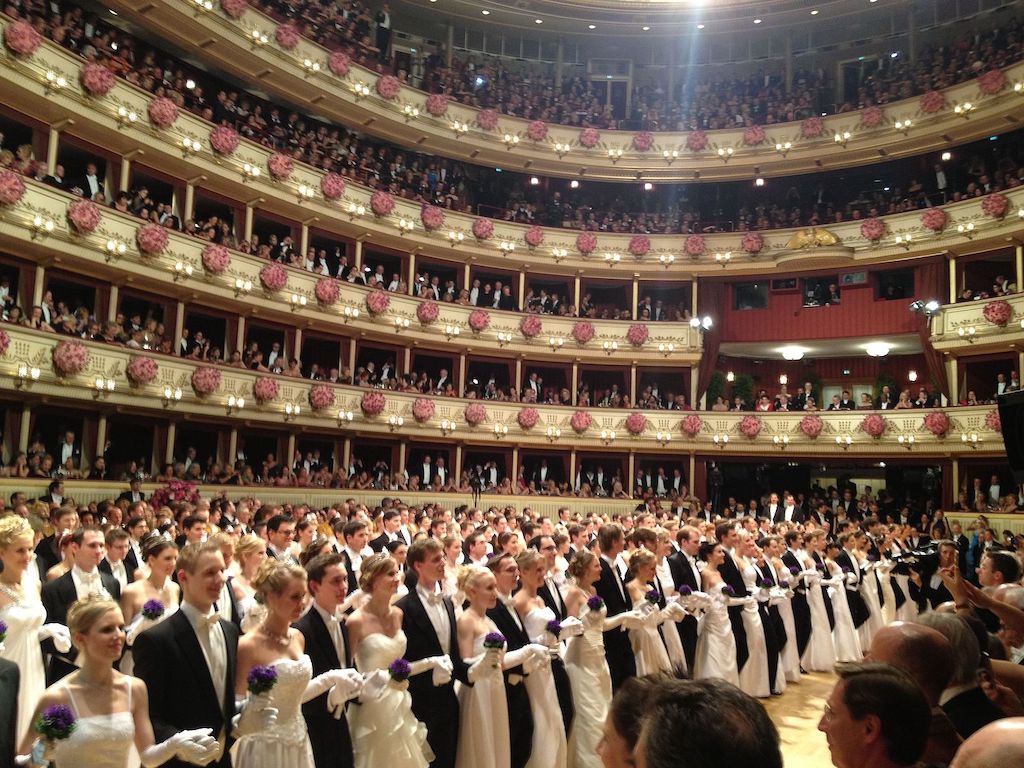
Sitting amidst such architectural and cultural grandeur, it is hard to imagine that this monument had once earned the misnomer “stone turtle” because of the neo-Renaissance design that was deeply unpopular during the late 19th century. Having been ravaged by bombings and fires during the wars, the Wiener Staatsoper quite literally rose from its ashes to become what it is today. And in its 153 years of existence, there appears to be a poetic bookending to its pre- and post-War chapters—a birth with Mozart’s Don Giovanni in 1869 and a rebirth with Beethoven’s only opera Fidelio in 1955, following a painstaking post WWII restoration. This is a musical legacy at its zenith, at the crossroads of history and arts, one that has cemented the cultural identity of the country.
By Kusumita Das. This piece was originally published by the National Centre for the Performing Arts, Mumbai, in the December 2022 issue of ON Stage – their monthly arts magazine.





